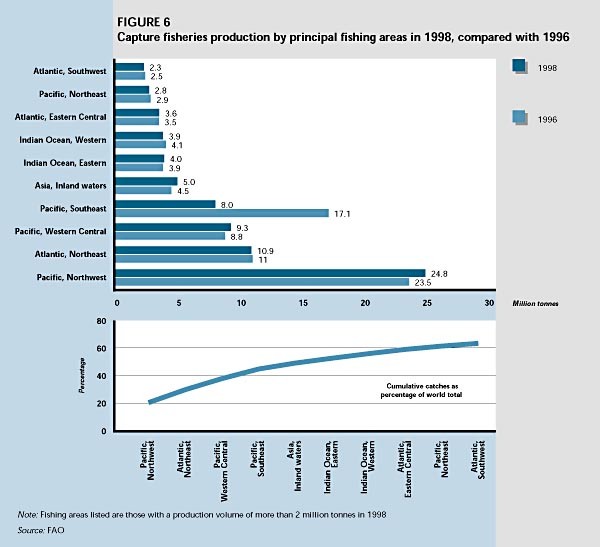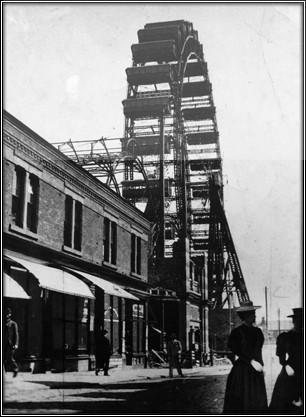Stocks Then And Now The 1950s And 1970s
Post on: 5 Август, 2015 No Comment

In many respects, advances in communications and technology have made the world a smaller place than it was 50 years ago. Nowhere is this more evident than in the field of investing, where technological advances have completely transformed the investment process.
At the same time, regulatory changes have blurred the lines between banks and brokerages in recent decades. These changes, and the increase in globalization since the 1980s, have advanced the opportunities available to investors. But these increased opportunities have also been accompanied by greater risks. As a result, investing is now a more challenging exercise than it was in previous decades — specifically, the 1950s and 1970s.
Investing in the 1950s
According to the first share owner census undertaken by the New York Stock Exchange (NYSE) in 1952, only 6.5 million Americans owned common stock (about 4.2% of the U.S. population). With a generation scarred by the market crash of 1929 and the Great Depression of the 1930s, most people in the 1950s stayed away from stocks. In fact, it was only in 1954 that the Dow Jones Industrial Average (DJIA) surpassed its 1929 peak, a full 25 years after the crash.
The process of investing was also more time consuming and expensive in the 1950s than it is now. Thanks to the Glass-Steagall Act of 1933, which prohibited commercial banks from doing business on Wall Street. stock brokerages were independent entities. (To learn more, see What Was The Glass-Steagall Act? )
Fixed commissions were the norm, and limited competition meant that these commissions were quite high and non-negotiable. The limitations of technology in those days meant that the execution of stock trades, from initial contact between an investor and a broker, to the time the trade ticket was created and executed, took a considerable amount of time.
Investment choices in the 1950s were also quite limited. The great mutual fund boom was still years away, and the concept of overseas investing was non-existent. Active stock prices were also somewhat difficult to obtain; an investor who wanted a current price quotation on a stock had few alternatives but to get in touch with a stockbroker.
Although thin trading volumes reflected the relative novelty of stock investing at the time, things were already beginning to change by the mid-1950s. 1953 marked the last year in which daily trading volumes on the NYSE were below one million shares. In 1954, the NYSE announced its monthly investment plan program, which allowed investors to invest as little as $40 per month. This development was the precursor to the monthly investment programs that were marketed by most mutual funds years later, which in turn led to the widespread adoption of stock investing among the U.S. population in the 1970s and 1980s.
Investing in the 1970s
The process of change, as far as investing was concerned, accelerated in the 1970s, although the U.S.stock market meandered through this decade of stagflation. The DJIA, which was just above 800 at the start of the 1970s, had only advanced to about 839 by the end of the decade, an overall gain of 5% over this 10-year period. (For details see, Stagflation, 1970s Style .)
However, mutual funds were growing in popularity, following the creation of individual retirement accounts (IRA) by the Employee Retirement Income Security Act (ERISA) of 1974, as well as the introduction of the first index fund in 1976. In 1974, trading hours on the NYSE were extended by 30 minutes to accommodate the growth of the market. (For further reading on the ERISA, see our special feature on Individual Retirement Accounts .)
Perhaps the biggest change for investors this decade was the increasing settlement of securities trades electronically, rather than in physical form. The Central Certificate Service, which was introduced in 1968 to handle surging trading volumes, was replaced by the Depository Trust Company in 1973. This meant that, rather than physical stock certificates, investors were now more likely to have their stocks held in electronic form at a central depository.
In 1971, Merrill Lynch became the first member organization of the NYSE to list its shares on the exchange. In 1975, in a landmark development, the Securities and Exchange Commission banned fixed minimum commission rates, which had hitherto been a cornerstone of U.S. securities markets and exchanges throughout the world. (For more on the SEC, see Securities And Exchange Commission: Policing The Securities Market .)
These changes, coupled with the dramatic improvement in trade processing and settlement due to the increasing use of automation and technology, laid the foundation for significantly higher trading volume and the increasing popularity of stock investing in the years ahead. In 1982, daily trading volume on the NYSE reached 100 million for the first time. By 1990, the NYSE census revealed that more than 51 million Americans owned stocks — more than 20% of the U.S. population.
Investing in the New Millennium

Investing is a much easier process than it was in earlier decades, with investors having the capability to trade esoteric securities in faraway markets with the click of a mouse. The array of investment choices is now so huge that it can be intimidating and confusing to new investors. Primarily credited to technological advancements, a number of developments over the past two decades have contributed to the new investing paradigm.
First, the proliferation of economical personal computers and the internet made it possible for almost any investor to take control of daily investing.
Second, the popularity of online brokerages enabled investors to pay lower commissions on trades than they would have paid at full-service brokerages. Lower commissions facilitated more rapid trading, and in some instances, this has led to individuals pursuing day trading as a full-time occupation.
Third, the bid-ask spread has also narrowed considerably (another development that facilitates rapid trading), thanks to the implementation of decimal pricing for all stocks in 2001.
Finally, exchange-traded funds (ETF) have made it easy for any investor to trade securities. commodities and currencies on local and overseas markets; these ETFs have also made it easier for investors to implement relatively advanced strategies such as short sales. (To learn how to short sell, read the Short Selling Tutorial .)
These factors have led to trading volumes soaring in the new millennium. On January 4, 2001, trading volume on the NYSE exceeded 2 billion shares for the first time. On February 27, 2007, volume on the NYSE set a new record, with over 4 billion shares traded.
The Bottom Line
While investors now have a plethora of investment opportunities, the accompanying risks are also greater. The globalization trend has led to a closer relationship between world markets, as is demonstrated by the synchronized correction in global markets during the tech wreck of the early 2000s, and the credit crisis of the late 2000s. This means that, in a global storm, there may be virtually no safe haven. The investing world is also much more complex now than it has ever been; a seemingly small event in an obscure overseas market can trigger a global reaction worldwide. As a result of these developments, investing is a more challenging (but convenient) exercise now than it was in the 1950s and 1970s.














